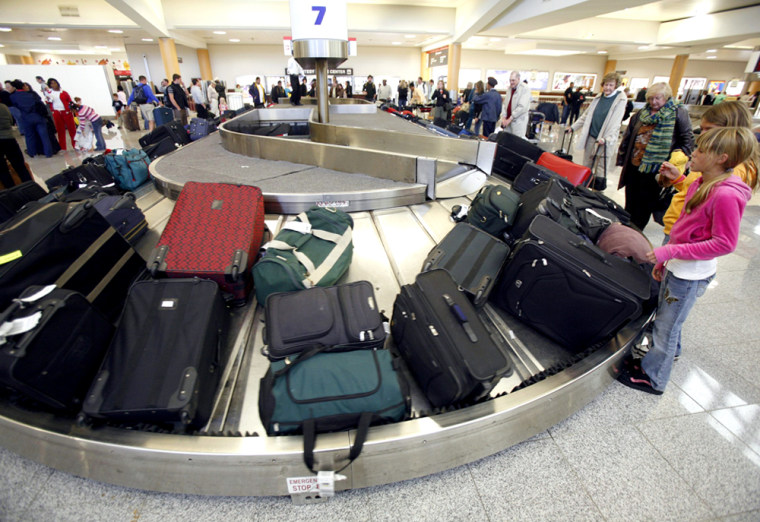For the second year in a row, Hartsfield-Jackson Atlanta International Airport has retained its title as the nation’s busiest in terms of flights, according to government data released Thursday.
The Atlanta airport logged 976,307 flights in 2006, down 0.4 percent from its 980,386 flights in 2005, the Federal Aviation Administration said. Flights include takeoffs and landings.
Its rival, Chicago O’Hare International Airport, was listed second busiest, with 958,643 flights in 2006. That number was down 1.4 percent from the 972,246 flights it had in 2005, the FAA said.
Atlanta and Chicago have run neck-and-neck in recent years to claim the title of the nation’s — and therefore, the world’s — busiest airport. Atlanta already claimed to be the world’s busiest airport in terms of passengers. The FAA does not maintain passenger statistics.
Atlanta airport spokeswoman Sterling Payne cited two reasons for the airport’s ranking: Its “capacity and efficiency.”
She said opening a fifth runway in May benefited the airport and last year’s expansion of international flights by Delta Air Lines Inc. — which has its primary hub in Atlanta — also was another factor that caused the Atlanta airport to remain the nation’s busiest.
“We had a total paradigm change looking at Delta’s travel patterns,” Payne said.
O’Hare spokeswoman Wendy Abrams said in a statement that officials there were not surprised that the Atlanta airport had more flights in 2006.
“O’Hare’s flight restrictions, which are scheduled to expire next year, have limited our ability to land and depart aircraft and, ultimately, meet the demand for air service that continues to grow at our airport,” Abrams said.
But she said city officials are “committed to maintaining Chicago’s role as the leading aviation market.” A massive expansion plan for O’Hare is expected to be finished in 2013.
Dallas-Fort Worth International Airport was ranked third, with 702,713 flights in 2006, down 2.2 percent from 718,207 flights in 2005, the FAA said.
Chicago’s other major airport, Midway Airport, had 298,547 flights in 2006, up 2.7 percent from the 290,756 flights it had in 2005, the federal agency said. Abrams said Midway does not have flight restrictions and can add new slots for flights based on market demand.
In July, based on data for the first six months of 2006, O’Hare was listed by the FAA as the nation’s busiest airport with 477,001 flights compared to Atlanta’s 472,431 flights. But Payne said the Atlanta airport had more flights in the latter part of the year.
Mario Diaz, deputy general manager of the Atlanta airport, said the overall decline in the number of flights at the top three airports was likely related to strategic decisions by the airlines, such as reducing the size of jets and cutting back on unprofitable flights.
“Basically I think these numbers are mostly a reflection of the fact that the airlines have been able to cut back on capacity and gotten back some of the economic clout to raise prices,” he said.
Diaz also said that in Chicago, some discount carriers have tended to use Midway more than O’Hare.
